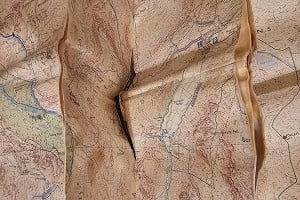
What does Lakeland look like? Early painters, like Francis Towne, painted Lakeland in all the colours of romantic imagination, and also steepened their shapes. Turner's Lakeland paintings are Turner much more than they're Lakeland. Twentieth-century picture postcard views were seen through the window of a tour bus. And today's digital images, auto-enhanced with filters labelled as 'warm, vivid', aren't Lakeland so much as brand-defining backgrounds to a selfie.
Fifty years ago, when I first was looking at them, I thought William Heaton Cooper's paintings showed the fells as they actually are.
The idea is, of course, nonsense. Even photographs don't show what's really there – as guidebook writers and also our readers are well aware.
Tarns invite you to stop and – in a very literal way – reflect
And Heaton Cooper's watercolours and drawings are no cold representations. They are romanticised, they are full of feeling. But when I find the paintings 'real', it's not the picture itself that's authentic, so much as the feeling being expressed through it.
After a childhood in Norway, Heaton Cooper spent his whole life in Lakeland. Not just painting the fells, but walking over them in all weathers, alone or with his young family, and climbing on the rocks. It's Heaton's authentic experience, as well as his eye, that makes the paintings, for me at least, the expression of the real Lakeland.
It was in the difficult years on either side of WW2 that Heaton Cooper produced three books of his Lakeland paintings: The Hills of Lakeland, The Lakes, and The Tarns of Lakeland. It's the third of them that's the real masterpiece. Blind Tarn – "This jewel of a tarn lies in a small pocket, rather like a kangaroo's pouch." Bowscale Tarn – "a strange place, a dark and serious place, where laughter would somehow seem amiss." Sprinkling Tarn – "I can only hope that my painting and the text will inspire any who do not already know the tarn to go and make friends with it."
Modern colour printing means a book's so full of pictures you don't even notice the words. But here just 16 of the tarns are in full colour, watercolours reproduced as full page plates. The other 86, from Bigland Tarn south of Windermere to Over Water behind the Back o' Skiddaw, are line drawings, or line drawings with black ink wash, set within the text. This leaves the text itself as rather more than a neutral grey surround for the pics. Facts about the depth of the deepest point or the vegetation; commentary on the light, or on the way the water jar to dip the brushes in got frozen over; a brief mention for Wordsworth's talking fish. A gently applied, contemplative wash of ink makes up the words, equally as the drawings...
Tarns, the 'eyes of the mountain', lend themselves to this kind of treatment. Nobody arrives at a tarn, has a quick piss and hurries on towards the next one. Nobody feels they've 'done' Stickle Tarn or Goats Water and never go there ever again. Tarns invite you to stop and – in a very literal way – reflect. A fair number of those who arrive at Sty Head Tarn, put up a tent or unroll a bivvy and spend the night beside it.
The 214 Wainwright summits – you can do them in a summer. If you're Joss Naylor or Paul Tierney, you can do them in a week. But the 102 Tarns: those last for a lifetime.
- You can see some of William Heaton Cooper's Lake District paintings on the Heaton Cooper Studio website
- Mountain Literature Classics: Of Walking in Ice by Werner Herzog 15 Feb
- Mountain Literature Classics: South Col by Wilfrid Noyce 9 Jan
- My Favourite Map: Geology Plus Glaciers 11 Dec, 2023
- Mountain Literature Classics: Free Solo with Alex Honnold 29 Nov, 2023
- Mountain Literature Classics: That Untravelled World by Eric Shipton 3 Aug, 2023
- Mountain Literature Classics: Sir Gawain and the Green Knight 4 May, 2023
- Mountain Literature Classics: Menlove 9 Mar, 2023
- Mini Guide: The Cheviots 27 Feb, 2023
- Mountain Literature Classics: Basho - Narrow Road to the Deep North 12 Jan, 2023
- Mountain Literature Classics: Conquistadors of the Useless by Lionel Terray 17 Nov, 2022

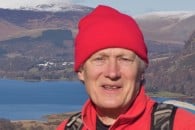

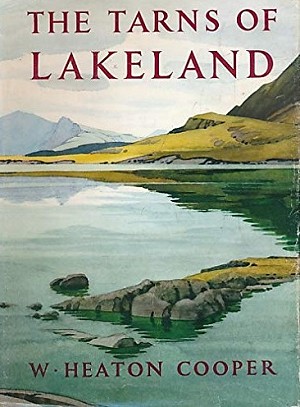
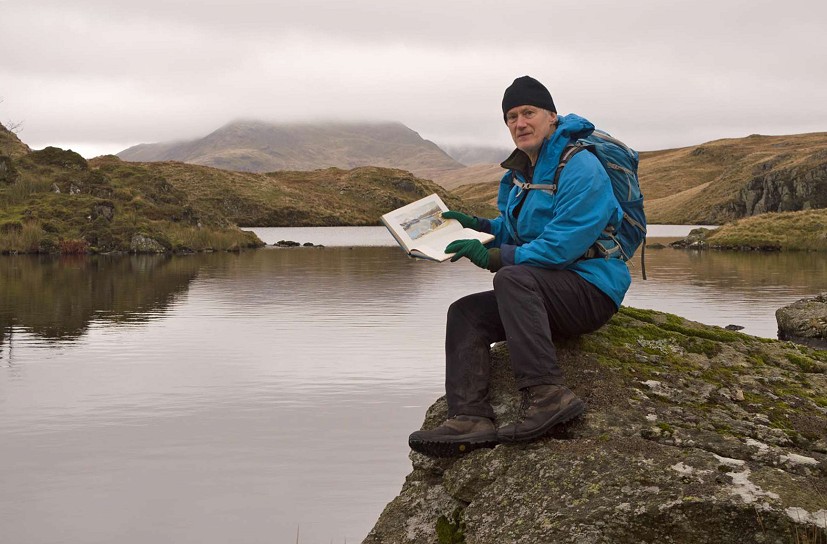
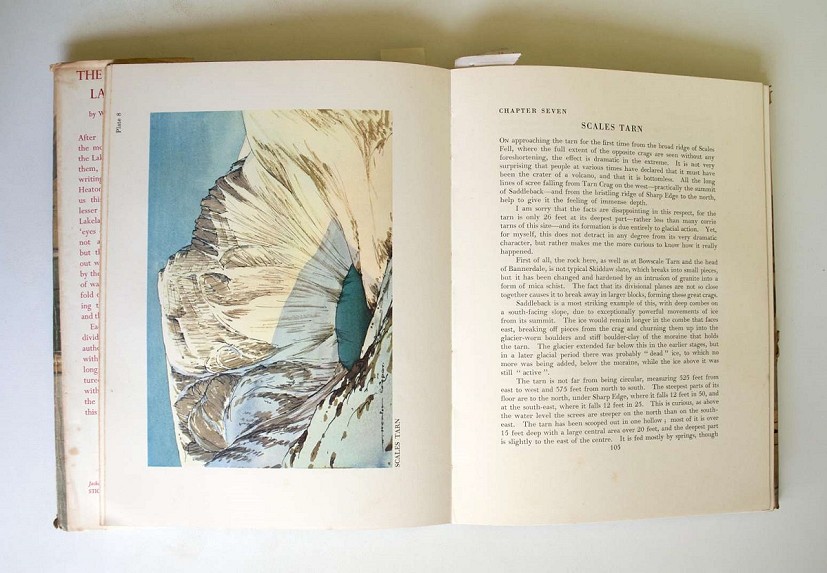
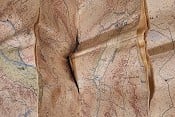




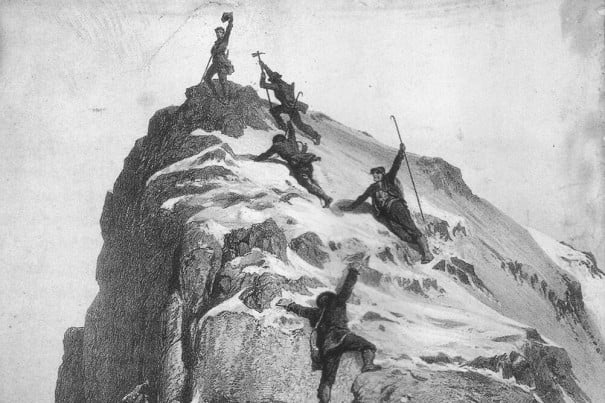

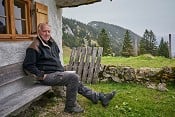
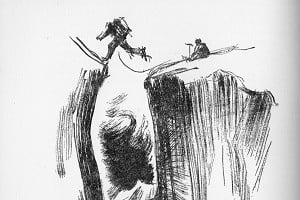

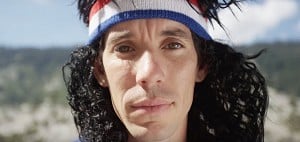

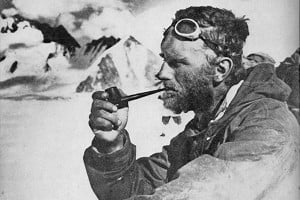

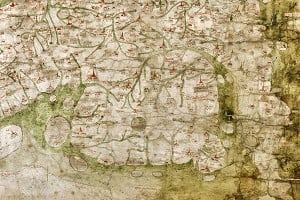
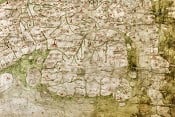

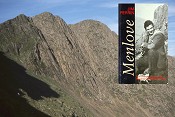
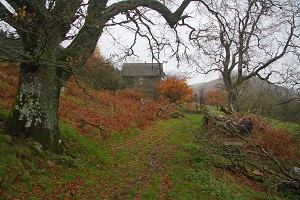
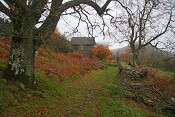
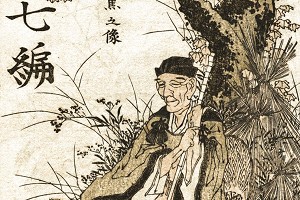
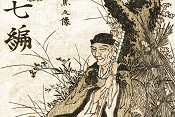
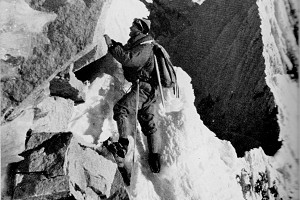
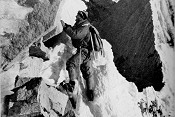
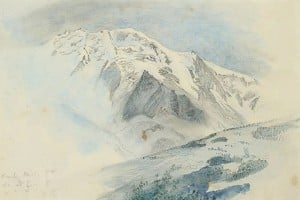
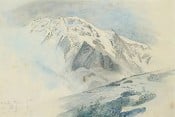
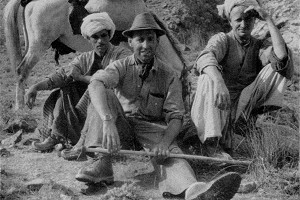
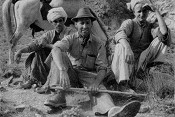
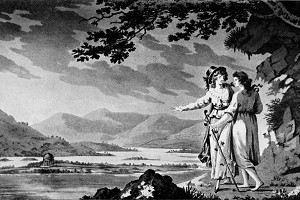
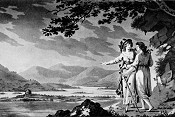
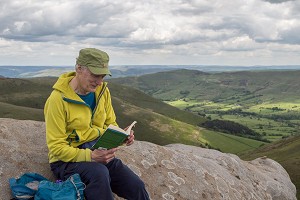
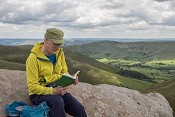
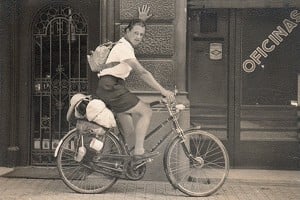
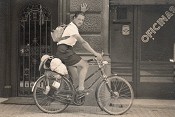
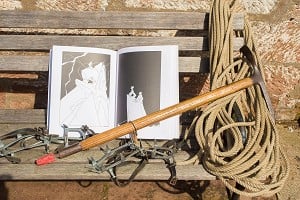

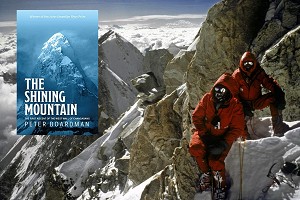

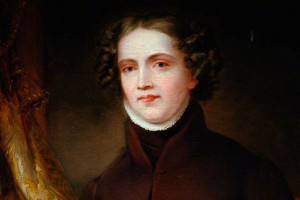
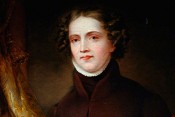
Comments